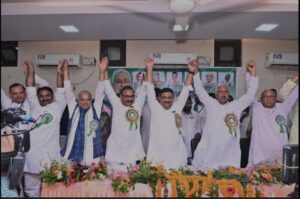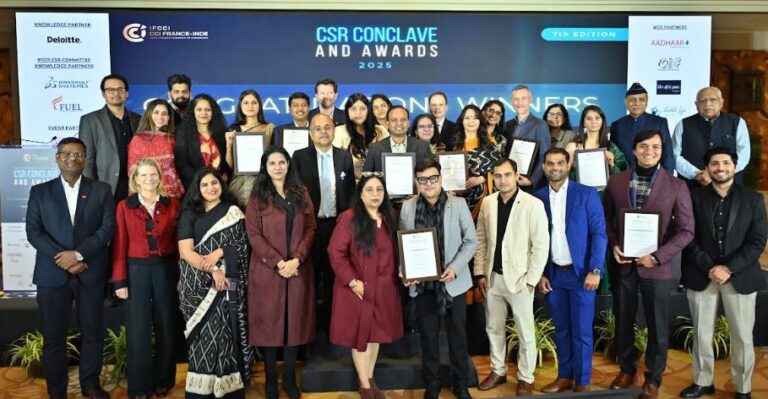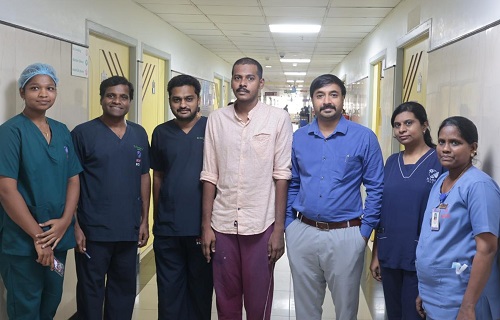
By Neeraj Kumar
Patna: Nitish Kumar’s longstanding dream of achieving national party status for Janata Dal (United) [JD(U)] has hit a stumbling block in the seat-sharing negotiations for the upcoming Jharkhand assembly elections. JD(U), which had initially aimed to contest 11 seats, was allocated only two seats as part of the National Democratic Alliance (NDA) arrangement. In previous assembly elections in 2014 and 2019, JD(U) failed to win any seats in Jharkhand, but this time, Nitish Kumar has pinned his hopes on three key leaders: Khiru Mahto, Saryu Rai, and Raja Peter, who he believes can help the party make a breakthrough in the state.
Seat Sharing and Key Candidates
The Jharkhand assembly elections are scheduled for 13th and 20th November. As part of the NDA, the Bharatiya Janata Party (BJP) will contest 68 seats, All Jharkhand Students Union (AJSU) has been allocated 10 seats, Lok Janshakti Party (Ram Vilas) [LJP(R)] will contest one seat, and JD(U) has received two seats. The reduced allocation is a setback for JD(U), which had submitted a list of 11 seats it wanted to contest. However, despite the disappointment, JD(U) is fielding its candidates on the two seats it was given.
“We submitted a list of 11 seats, and after Saryu Rai joined us, the number increased to 12. However, during seat-sharing discussions, we were allocated just two seats. We are contesting on those,” said Khiru Mahto, JD(U)’s state president in Jharkhand.
The party is banking on the influence of three prominent leaders. Khiru Mahto, who was appointed JD(U) state president and sent to the Rajya Sabha by Nitish Kumar in a strategic move to strengthen the party’s base, will play a leading role. Mahto has been focusing on organisational development, aiming to set up party structures in all 24 districts of Jharkhand. He has already held programmes in five assembly constituencies to raise JD(U)’s profile.
Another key figure is Saryu Rai, a sitting MLA and close friend of Nitish Kumar, who recently joined JD(U) from BJP. Rai made headlines in the past by defeating then Chief Minister Raghuvar Das, and his inclusion is seen as a significant boost to JD(U)’s chances in Jharkhand.
Raja Peter, a well-known figure in Jharkhand politics, also joined JD(U) before the elections. He is famous for defeating Shibu Soren, the founder of the Jharkhand Mukti Morcha (JMM) and a former Chief Minister. Peter will contest one of the two seats allocated to JD(U). Nitish Kumar is banking on the popularity and political experience of Rai and Peter to help the party gain a foothold in Jharkhand.
Struggles in Jharkhand and the Path to National Status
JD(U)’s performance in Jharkhand has been lacklustre in recent years. In the 2014 and 2019 assembly elections, the party failed to secure even a single seat, and all its candidates lost their deposits. The party’s best performance in the state came in the 2005 assembly elections when JD(U) fielded 16 candidates, winning six seats and securing 4% of the vote. However, its vote share dropped to 2.78% in the 2009 elections, and the party has since struggled to make an impact.

Despite these setbacks, Nitish Kumar remains determined to establish JD(U) as a national party. Currently, JD(U) enjoys state party status in Bihar, Manipur, and Arunachal Pradesh. Under Election Commission rules, JD(U) needs to gain state party status in one more state to be recognised as a national party. Nitish Kumar had hoped to achieve this in Jharkhand with the help of influential leaders like Saryu Rai, Raja Peter, and Khiru Mahto, but the BJP’s decision to allocate only two seats has made this goal more difficult.
The Role of Khiru Mahto and Party Coordination
Khiru Mahto, who replaced RCP Singh in the Rajya Sabha, has been a central figure in JD(U)’s efforts to strengthen its organisation in Jharkhand. Mahto’s appointment as state president and his focus on organisational work have been crucial steps in building JD(U)’s base in the state. He is credited with setting up party structures across multiple districts and holding public programmes to increase the party’s visibility.
It is also believed that Mahto sought a ticket for his son and for long-time party supporters, but with the BJP granting JD(U) only two seats, his efforts were limited. Despite this, Mahto remains committed to the party’s strategy and is leading JD(U)’s campaign in Jharkhand.
MLC Sanjay Gandhi, a close ally of Nitish Kumar, has emphasised the significance of JD(U)’s efforts in Jharkhand. “Khiru Mahto is our state president, and with the addition of Saryu Rai and Raja Peter, the party has been strengthened. We are contesting the elections strongly within the NDA,” Gandhi said. JD(U) national working president Sanjay Jha echoed this sentiment, stating that while the party would have liked to contest more seats, they remain focused on forming a government in Jharkhand in alliance with the NDA.
Political Challenges and Aspirations
According to political analyst Priya Ranjan Bharti, Nitish Kumar is hoping that the combination of Saryu Rai, Raja Peter, and Khiru Mahto will help JD(U) finally make inroads in Jharkhand. However, Bharti notes that JD(U)’s previous attempts to contest elections independently in Jharkhand have been unsuccessful, with all candidates losing their deposits in both 2014 and 2019. Bharti also pointed out that Nitish Kumar has been a dominant political force in Bihar for over two decades, and his desire to see JD(U) gain national party status is driving his continued efforts to field candidates in multiple states.
JD(U)’s efforts in Jharkhand are being closely coordinated by senior party leaders, including Ashok Chaudhary, who is overseeing the party’s campaign in the state. National executive president Sanjay Jha and Union Minister Lalan Singh have been responsible for negotiating with the BJP on seat sharing. Shravan Kumar, another close aide of Nitish Kumar, has been regularly visiting Jharkhand to ensure the party’s preparations are on track. The coordination efforts reflect the importance Nitish Kumar places on the Jharkhand elections as part of his broader national ambitions.
Historical Context and Future Prospects
The first government in Jharkhand was formed in 2000 under the leadership of Babulal Marandi, with five MLAs from the Samata Party (which later merged with JD(U)) and one MLA from Janata Dal becoming ministers. In the 2005 elections, JD(U) contested 16 seats and won six, securing a 4% vote share. However, the party’s influence in the state has waned since then, with no seats won in the 2014 and 2019 elections.
Nitish Kumar has invested significant resources in the Jharkhand elections, deploying key leaders and ensuring the party’s presence is felt across the state. However, with only two seats allocated to JD(U) in the NDA, his aspirations of achieving national party status through success in Jharkhand have become more challenging. Nonetheless, with strong candidates like Saryu Rai and Raja Peter, JD(U) remains hopeful of a breakthrough in the state, and Nitish Kumar’s broader national ambitions continue to drive the party’s efforts.







